Table of Contents
Introduction to Bay Spice
Bay spice, commonly known as bay leaves, is the dried leaf of the Laurus nobilis tree. Despite its name, it's technically an herb, not a spice. This guide explains what bay spice is, how to use it properly in cooking, and how to select high-quality leaves for authentic flavor enhancement.
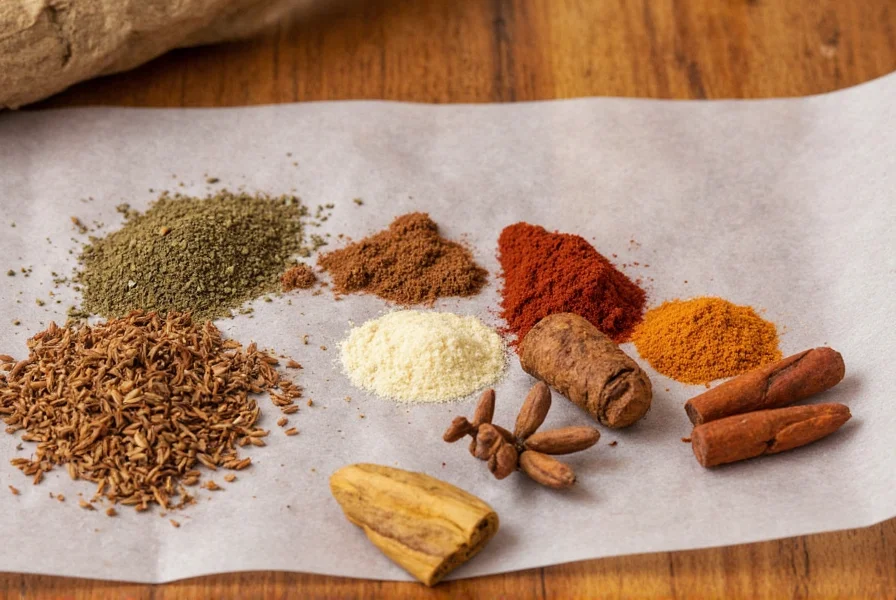
Bay spice is essential for soups, stews, and braises, but many home cooks misunderstand its proper use. This article clarifies common misconceptions and provides actionable guidance for beginners and experienced chefs alike.
The Flavor Profile of Bay Spice
Bay spice has a complex flavor profile that is both earthy and slightly floral. It carries notes of citrus, mint, and a hint of pepper, making it a great complement to a wide range of dishes. Unlike other spices that dominate the palate, bay spice adds depth and balance without overpowering the other ingredients.
Its aroma is equally captivating—warm, woody, and slightly sweet. When used correctly, it enhances the overall flavor of a dish, adding a layer of sophistication that many home cooks overlook.
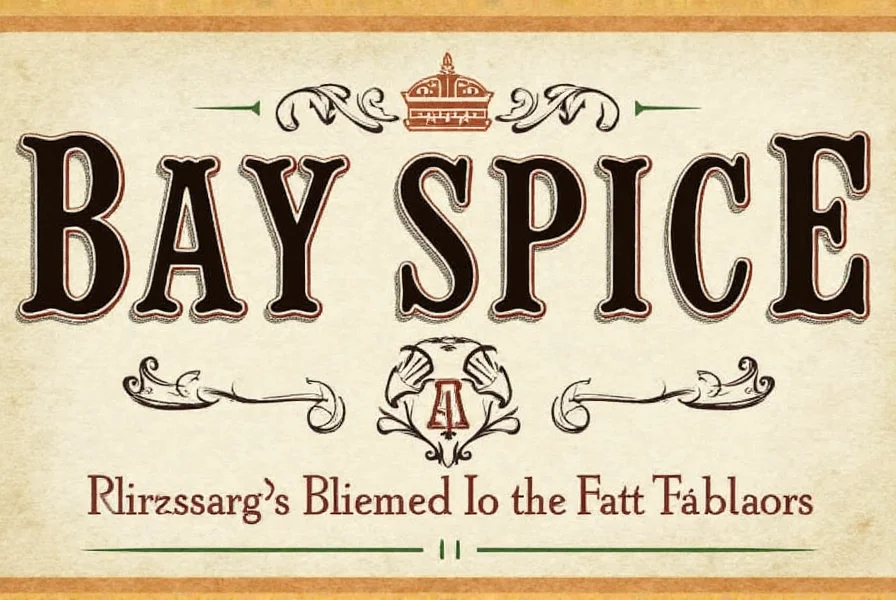
| Ingredient | Type | Flavor Notes | Best Used With |
|---|---|---|---|
| Bay Spice | Herb | Earthy, floral, citrusy | Stews, soups, braises |
| Oregano | Herb | Pungent, herbal | Italian sauces, pizzas |
| Thyme | Herb | Minty, slightly lemony | Roasts, marinades |
Cooking Uses of Bay Spice
Bay spice is a staple in many traditional recipes. It's commonly used in French cuisine (like bouillabaisse), Italian cooking (in ragùs), and Indian curries. Its ability to blend seamlessly with other flavors makes it a go-to ingredient for slow-cooked meals.
Here are some popular ways to use bay spice:
- Stocks and Broths: Add a couple of bay leaves to your homemade stock for a deep, savory base.
- Stews and Braises: Bay spice pairs beautifully with meats like beef, pork, and chicken when slow-cooked.
- Marinades: Infuse your meat with flavor by adding a few leaves to your marinade before grilling or roasting.
- Infused Oils: Create a fragrant olive oil by steeping bay leaves in warm oil for a few hours.
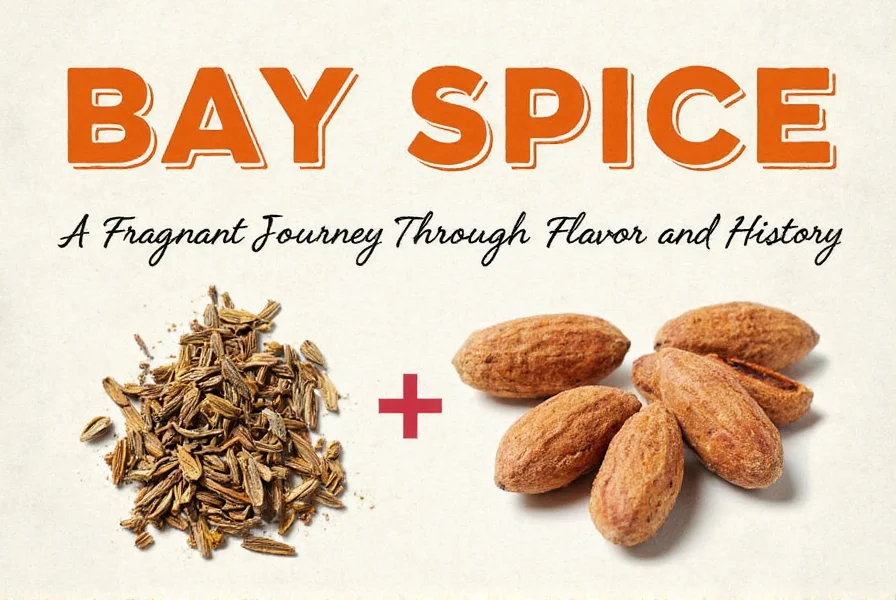
Buying Guide for Bay Spice
When shopping for bay spice, it's important to choose high-quality leaves that are fresh and aromatic. Here are some tips to help you make the best choice:
Types of Bay Spice
- Dried Bay Leaves: The most common form, ideal for long-cooked dishes.
- Fresh Bay Leaves: More potent and aromatic, but less available in stores.
- Ground Bay Spice: Convenient for quick recipes, though it loses potency faster than whole leaves.
Recommended Products
If you're looking to try different varieties of bay spice, here are a few top picks:
- Herbivore Bay Leaf Mix
- Features: Premium quality, organic, and sustainably sourced.
- Advantages: Rich aroma and long shelf life.
- Use Cases: Perfect for soups, stews, and sauces.
- Target Audience: Home cooks and professional chefs.
- Suitable Occasions: Everyday cooking, holiday feasts, and gourmet meals.
- Essence of Nature Dried Bay Leaves
- Features: Non-GMO, free from additives, and handpicked.
- Advantages: Strong flavor and easy to store.
- Use Cases: Ideal for slow-cooked dishes and infused oils.
- Target Audience: Health-conscious individuals and culinary enthusiasts.
- Suitable Occasions: Family dinners, casual gatherings, and special occasions.
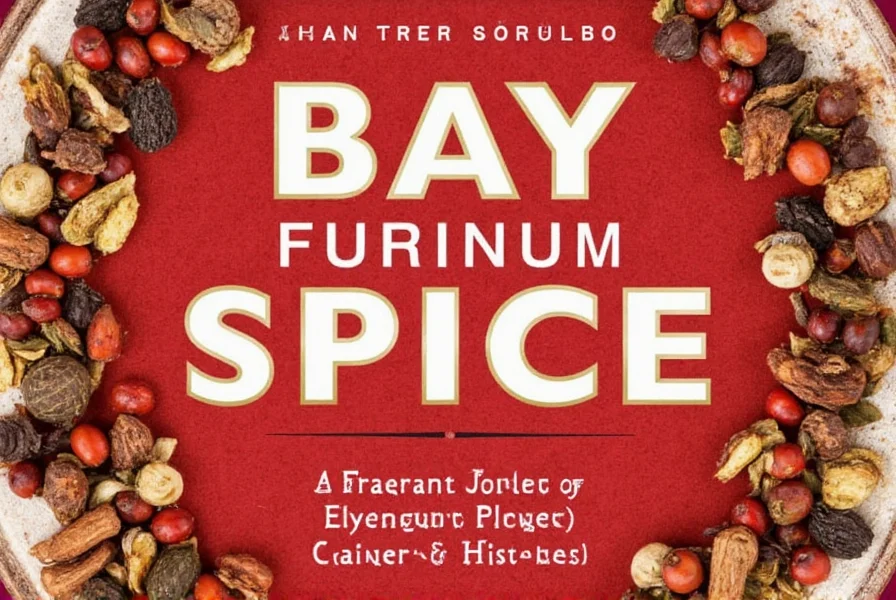
Practical Tips for Using Bay Spice
Using bay spice doesn't have to be complicated. Here are some handy tips to help you get the most out of this flavorful herb:
- Use Whole Leaves: Whole bay leaves are more aromatic and release their flavor slowly during cooking. Avoid using ground versions unless you need a quick infusion.
- Remove Before Serving: Never eat bay leaves directly—they can be tough and unpleasant. Always remove them before serving your dish.
- Pair Wisely: Bay spice works well with garlic, onions, tomatoes, and herbs like thyme and rosemary. Don't overdo it, though—it can become bitter if used in excess.
- Store Properly: Keep dried bay leaves in an airtight container away from moisture and sunlight to preserve their flavor.
- Experiment Freely: Don't be afraid to experiment with bay spice in new recipes. It can add unexpected depth to everything from roasted vegetables to baked goods.
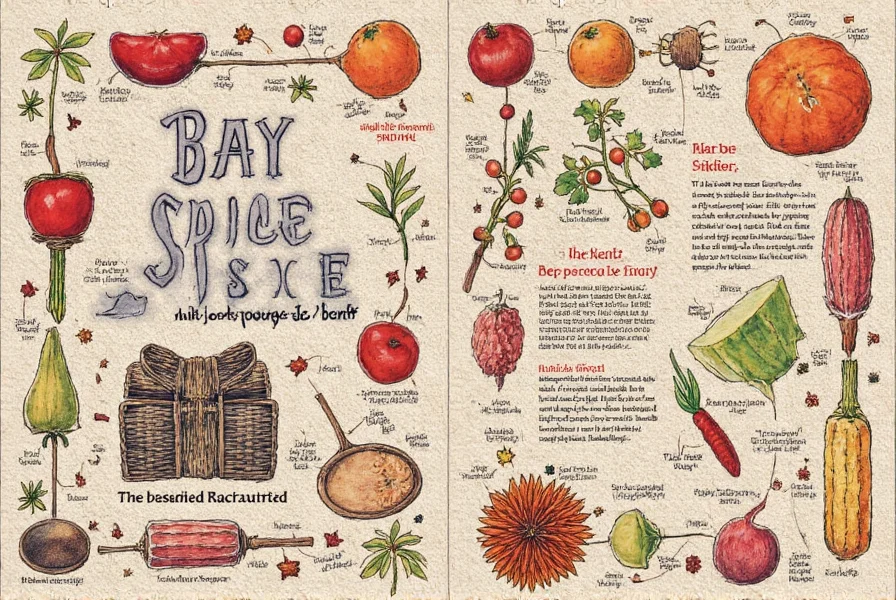
Frequently Asked Questions
What's the difference between bay leaves and bay spice?
"Bay spice" is simply another name for bay leaves. Both terms refer to the dried or fresh leaves of the Laurus nobilis tree. The term "spice" emphasizes its culinary use rather than botanical classification, though technically it's an herb. True bay leaves should not be confused with leaves from other "bay" trees like California bay or cherry laurel, which can be toxic.
Can you eat bay leaves directly?
No, you should never eat bay leaves directly. While not toxic, they remain stiff and leathery even after long cooking times, posing a choking hazard and potentially damaging your digestive tract. Always remove whole bay leaves before serving your dish. Ground bay leaf is safe to consume as it's fully incorporated into the food.
How many bay leaves should I use in a dish?
Generally, 1-2 dried bay leaves are sufficient for dishes serving 4-6 people. For larger batches, use one leaf per quart of liquid. Remember that bay spice intensifies over time, so it's better to start with less—you can always add more in future batches. Overuse can create a medicinal or bitter flavor.
How long do bay leaves stay fresh?
Dried bay leaves maintain peak flavor for about 1-2 years when stored properly in an airtight container away from light and moisture. Fresh bay leaves last 1-2 weeks in the refrigerator. To test freshness, crumble a leaf—if it releases a strong aroma, it's still potent. If it's brittle and scentless, it's time to replace your supply.
Can I substitute dried bay leaves for fresh ones?
Yes, but with adjustments. Use one fresh bay leaf for every two dried leaves, as fresh leaves have a more delicate flavor. Conversely, if substituting dried for fresh, use half the amount. Note that fresh bay leaves contain higher levels of essential oils, so they infuse dishes more quickly—add them later in the cooking process compared to dried leaves.
Why does my bay spice taste bitter?
Bitterness usually results from overuse (more than 2 leaves per quart of liquid), excessively long cooking times (beyond 2 hours), or using old, stale leaves. Bay spice contains parthenolide, which becomes bitter when over-extracted. To fix bitter dishes, add a small amount of sugar or acidic ingredient like lemon juice to balance the flavor.
A Little History About Bay Spice
The history of bay spice dates back thousands of years. Ancient Greeks and Romans used it in religious ceremonies, medicine, and cooking. In fact, the word "bay" comes from the Latin word laurus, which means "laureate" or "victorious"—a symbol of honor and success.
In medieval Europe, bay leaves were believed to have protective properties and were often placed under pillows to ward off nightmares. Today, they are simply a beloved ingredient that brings warmth and complexity to countless dishes around the world.
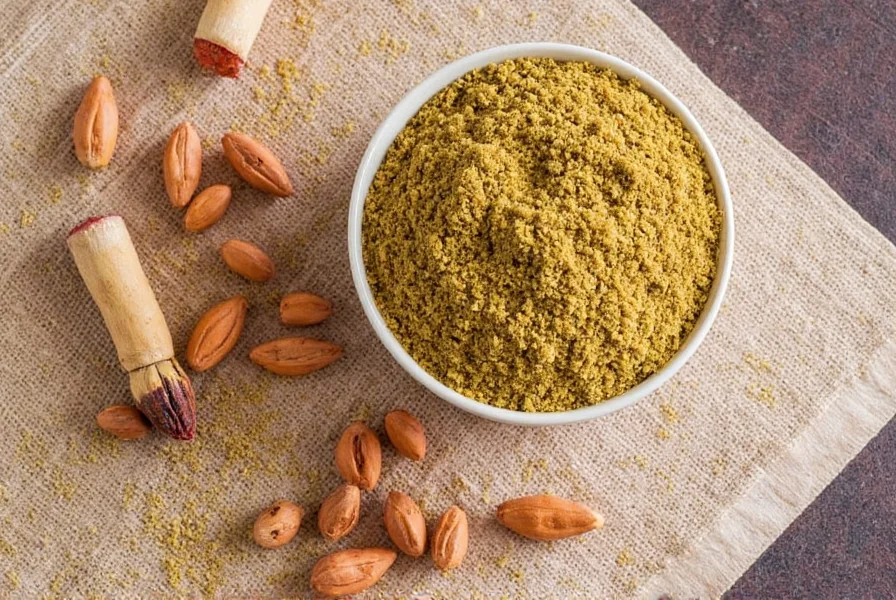
Conclusion
Bay spice might not be the flashiest ingredient on your shelf, but its subtle power is undeniable. From its rich flavor profile to its versatility in cooking, it's a must-have for any serious cook or spice enthusiast. Whether you're simmering a hearty stew or infusing oil for a special recipe, bay spice adds a touch of elegance and tradition to every dish.
So next time you reach for a spice jar, don't forget to give bay spice a second look. It might just be the secret ingredient you've been missing all along.
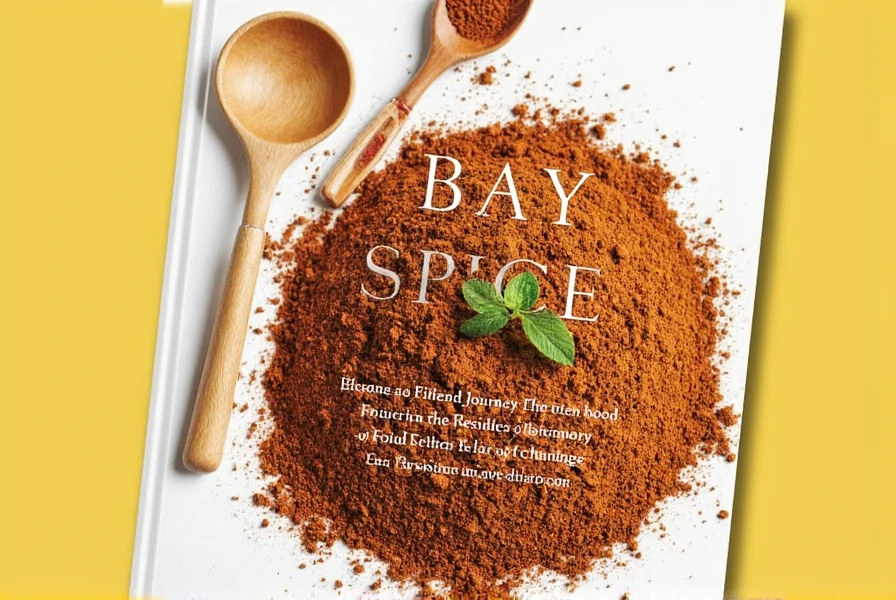
Remember, the key to mastering bay spice is understanding its role in a dish—not as a dominant flavor, but as a supporting player that enhances everything else. With a little practice and patience, you'll be able to unlock its full potential in your own kitchen.

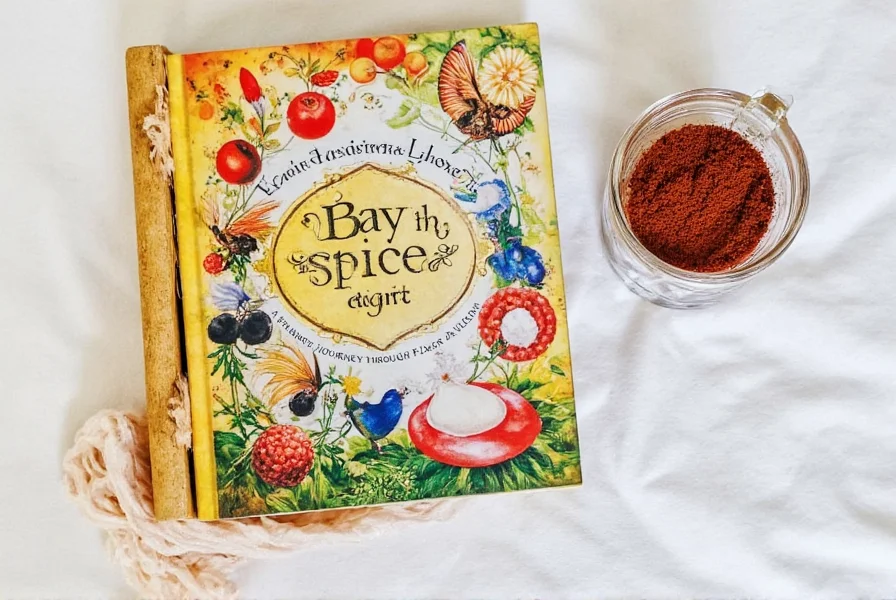









 浙公网安备
33010002000092号
浙公网安备
33010002000092号 浙B2-20120091-4
浙B2-20120091-4